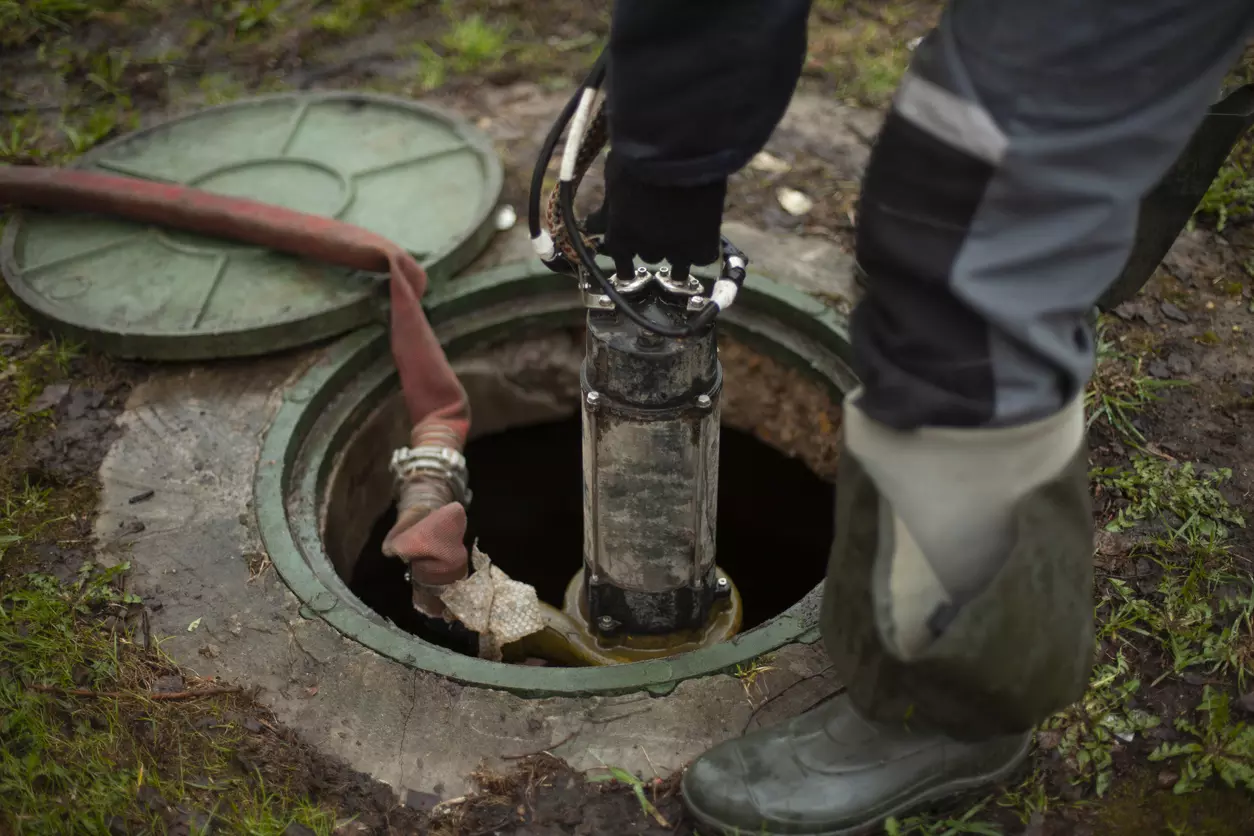
- Home
- India
- World
- Premium
- THE FEDERAL SPECIAL
- Analysis
- States
- Perspective
- Videos
- Sports
- Education
- Entertainment
- Elections
- Features
- Health
- Business
- Series
- In memoriam: Sheikh Mujibur Rahman
- Bishnoi's Men
- NEET TANGLE
- Economy Series
- Earth Day
- Kashmir’s Frozen Turbulence
- India@75
- The legend of Ramjanmabhoomi
- Liberalisation@30
- How to tame a dragon
- Celebrating biodiversity
- Farm Matters
- 50 days of solitude
- Bringing Migrants Home
- Budget 2020
- Jharkhand Votes
- The Federal Investigates
- The Federal Impact
- Vanishing Sand
- Gandhi @ 150
- Andhra Today
- Field report
- Operation Gulmarg
- Pandemic @1 Mn in India
- The Federal Year-End
- The Zero Year
- Science
- Brand studio
- Newsletter
- Elections 2024
- Events
- Home
- IndiaIndia
- World
- Analysis
- StatesStates
- PerspectivePerspective
- VideosVideos
- Sports
- Education
- Entertainment
- ElectionsElections
- Features
- Health
- BusinessBusiness
- Premium
- Loading...
Premium - Events

SC order asking governments to end manual scavenging is welcome in spirit, but deficient in practicality; what we need is efficient public health engineering
The Supreme Court order calling upon governments at the Centre and the states to put an end to manual cleaning of sewers, and calling for Rs 30 lakh compensation to the next of kin of those who die while cleaning sewers, is welcome in spirit, but deficient in practical thinking.
The entire judgment fails to mention “engineering” even once. The key to ending manual scavenging is modern, efficient public health engineering, not prohibition of human entry into a sewer.
The caste presumption that only people of particular castes would perform the task of cleaning a sewer is only reinforced by conflating the emancipation of the oppressed castes with ending the entry of humans into sewers. The perspective to be fostered is that cleaning sewers is a job fit for anyone from any caste to perform. By directly and indirectly endorsing the notion that cleaning sewers degrades the person who does it, what is strengthened is the despicable logic of a hierarchy of jobs ranked by associated dignity, not the notion that any form of labour is entitled to dignity.
Hierarchy in labour
A hierarchy of types of labour, the notion of occupational specialisation from birth in assigned types of labour for members of particular castes, with no mobility out of that occupation, and theological sanction for such an arrangement form the basis of the caste system. Every component of this evil mix must be questioned and overturned, and no component validated or sanctified, even if the sacramental libation is performed with the fluids oozing from the bleeding hearts of well-meaning liberals.
A group of young engineers in Kerala created a startup called Genrobotics in 2017, with the idea of creating a robot that would do the job of cleaning sewers. They came up with a robot they named the Bandicoot. Later iterations of the machine seem to be more than adequate for the job. Suppose, however, that a Bandicoot stalls inside a sewer or develops some serious breakdown. Would the Supreme Court want the sewer line to remain blocked till a new line is laid, to guard against the entry of a live human into a sewer?
India is not the only place in the world with sewers. Sewers everywhere tend to get blocked once in a while. Cleaning and unblocking sewers would call for human intervention. It is a job that needs to be and would be, performed by someone who has the professional training to do the job. On some occasions, someone would have to be administered an enema, that is, the patient’s colon would have to be cleaned out by pumping a soapy solution into it via the rectum. This might strike some delicate sensibilities as a horrible task. But it is a necessary job, performed by members of the medical profession.
Challenging mentality
Sewage is treated in large plants, to which sewers from different parts of the town bring their contents. Large tanks are filled with sewage, where assorted tasks of filtering, separation, composting and recycling are performed. Engineers and technicians perform and supervise the tasks involved. The workplace does not exactly smell of roses. But no stigma attaches to the people who perform the job. Taking care of the afterlife of food is as essential to the collective life of communities as cooking the food in the first place.
If the sewers are well-designed, say, are large enough, in relation to the volume of the flow inside, to leave plenty of room inside the sewer for the entry and exit of technicians through well-laid out manholes, it would minimise the chance of anyone choking to death while trying to clean it. This, it should be noted, is an engineering challenge. Often, such an engineering solution might be overlooked because of the traditional caste mentality that takes it for granted that people of certain castes could always be called upon to clean sewers under whatever circumstance. That mentality has to be challenged. But that cannot be accomplished by reform in sewer management alone.
Well-functioning public schools that deliver quality education to children, and not just salaries to delinquent teachers who often do not turn up at school and do not teach much when they do, is the first step to breaking the correlation between caste and occupation. Nutrition and mental stimulation in the early years of an infant’s life, along with affection and attention, play a big role in determining a child’s intellectual development. People from well-off families and castes who have been trained by tradition to value education and knowledge give their young this kind of nurture, without any developmental specialist advising them on the matter. For people from deprived backgrounds, state-sponsored intervention would work, if honestly implemented.
Emancipation from caste
A structurally diversified economy that creates millions of non-traditional jobs would beckon people of all castes into these new occupations. These jobs would be created in towns, where the traditional pieties, practices and prejudices of rural existence have no place. Whether completing the work of teams at the workplace or travelling on a bus or a crowded suburban train, people do not bother about the caste of their cohorts. Such modern living further weakens the hold of caste.
Women acquiring the agency to make their own life choices is another crucial part of weakening the grip of caste on social life. The greater the number of women who marry men for being men rather than members of a caste group, the weaker the caste system.
But the biggest supporter of caste hierarchy is the mumbo-jumbo about sins of the past birth shaping the conditions of your present life, this being divine will. While this is a popular Hindu canon, the more erudite Advaitic understanding is that there is only a single reality in the world, the Atman, and everything animate and inanimate is a manifestation of Atman. A more enlightened understanding of religious teaching would de-legitimise caste and its distinctions and hierarchies. This was the basis of Kerala’s social reform movement led by Sree Narayana Guru argued.
Emancipation from caste calls for reform in the fields of education, economy, habitat, associated customs, practices and female agency, and spirituality. A decree to keep humans out of sewers would not suffice.
(The Federal seeks to present views and opinions from all sides of the spectrum. The information, ideas or opinions in the articles are of the author and do not necessarily reflect the views of The Federal.)


